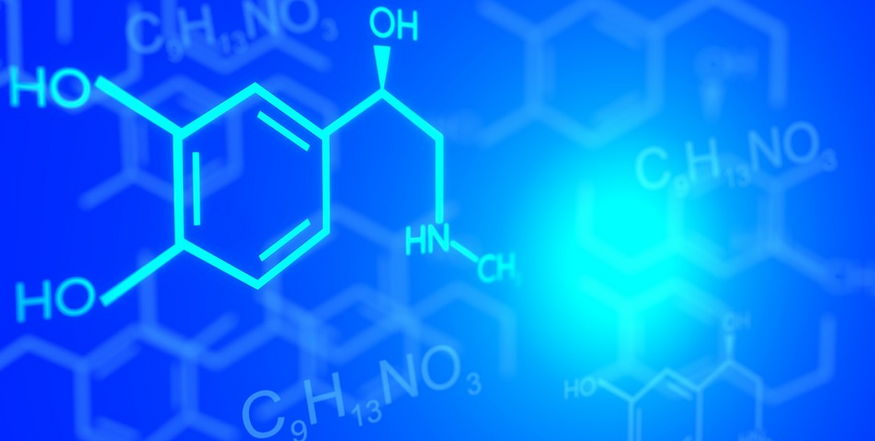Introduction
Acetone is a colorless, volatile liquid that is commonly used as a solvent. It has a distinct, sweet odor and is highly flammable. Acetone is also used in the production of many chemicals, plastics, and fibers. In this article, we will discuss the functional group present in acetone.
What is a Functional Group?
A functional group is a specific group of atoms that is responsible for the characteristic chemical reactions of a molecule. In other words, it is the part of a molecule that determines how it will react with other molecules.
The Functional Group Present in Acetone
The functional group present in acetone is the carbonyl group. The carbonyl group is made up of a carbon atom and an oxygen atom that are double-bonded together. In acetone, the carbonyl group is located in the middle of the molecule.
Chemical Structure of Acetone
The chemical formula for acetone is C3H6O. The carbonyl group in acetone is represented by the following structure:

Reactivity of Acetone
The carbonyl group in acetone makes it a reactive molecule. Acetone can undergo many chemical reactions, including oxidation, reduction, and condensation reactions. The reactivity of acetone makes it a useful solvent and reagent in organic chemistry.
Uses of Acetone
Acetone has many practical applications. It is commonly used as a solvent for cleaning and degreasing. It is also used as a component in many nail polish removers and as a solvent in the production of plastics, fibers, and rubber.
Dangers of Acetone
Despite its many uses, acetone can be dangerous if not handled properly. It is highly flammable and can cause skin irritation and respiratory problems if inhaled. Acetone should always be used in a well-ventilated area and stored away from heat and flames.
Conclusion
In summary, acetone contains the carbonyl functional group, which makes it a reactive molecule that can undergo many chemical reactions. Acetone is a useful solvent and reagent in organic chemistry, but it should be handled with care due to its flammability and potential health hazards.

